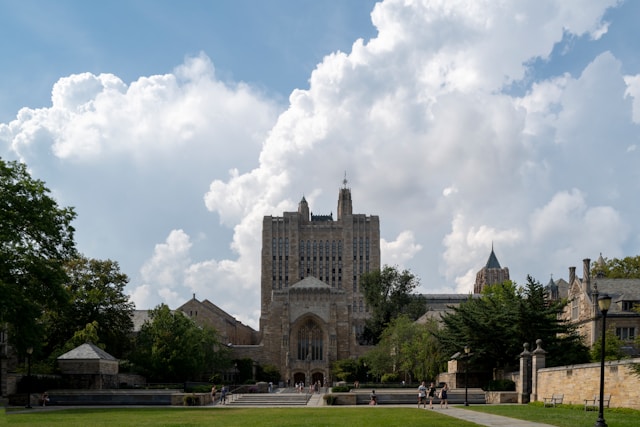The Trump administration’s recent move to revoke $156 million in federal grants for low-income Florida residents hoping to install solar panels has stirred up debate across the country — and people in Connecticut are paying attention. The funding, already being distributed through an open application process, aimed to lower electricity costs for vulnerable households.
This decision has sparked concern among clean energy and economic justice advocates. While the cuts hit Florida directly, the ripple effects touch renewable energy policy, funding priorities, and the wellbeing of low-income families nationwide.
Explore top-rated stays with no booking fees and instant confirmation. Your dream trip starts here!
Start Exploring Now
Why the Solar Panel Grant Program Mattered
The funding was part of an effort to help marginalized communities tap into renewable energy. In Florida, hundreds of households had already gotten approval for grants or subsidies, hoping to ease the pain of rising utility bills.
The program promised immediate financial relief along with long-term environmental benefits. Towns from New Haven to Hartford have also been looking for ways to expand local green energy efforts.
Impact on Low-Income Families
Energy costs keep climbing in many states, and Florida’s brutal summer heat isn’t so different from the winter heating bills in Connecticut cities like Bridgeport and Waterbury. For low-income families, these spikes can be brutal.
Renewable energy programs offer a way to stabilize household budgets and cut reliance on fossil fuels. Environmental advocates see this as essential for both climate resilience and economic fairness.
Criticism and Support of the Funding Cuts
Environmental groups and local Florida officials have blasted the decision to pull the funding. Families left in the middle of the process now face a lot of uncertainty, not knowing what comes next.
In Connecticut, where places like New Britain and Norwich work hard to secure sustainability funding, leaders know how much damage sudden policy reversals can do.
Arguments from Supporters of the Cuts
Those who support the funding cuts say the government should reduce or redirect spending on targeted renewable energy grants. They want energy markets to grow on their own, without constant subsidies.
This viewpoint pops up in towns like Stamford and Danbury, where people debate how much taxpayer money should go to renewable energy versus other needs.
The Broader Renewable Energy Challenge
Even though this cut hits Florida, it feels familiar to renewable energy advocates in Connecticut. The big question still hangs in the air: How do we make affordable, sustainable energy available to everyone, not just those who can pay upfront for solar?
Towns from Norwalk to Torrington have been piecing together state incentives and private investment, trying to make sure vulnerable people don’t get left behind.
The Role of Policy in Driving Change
Government policy can make or break clean energy programs. Connecticut has seen its own ups and downs with renewable energy incentives as political winds shift.
The Florida situation really drives home the risk. Without steady policy support, programs can stall out, leaving families and contractors in a bind.
Environmental and Economic Ripple Effects
Losing $156 million in Florida isn’t just about delayed solar projects. It also means fewer jobs, less energy independence, and missed opportunities for healthier communities.
Connecticut folks watching from afar get how all these pieces fit together. Solar adoption cuts greenhouse gas emissions, which helps households, the region, and honestly, the planet.
Clean energy jobs boost local economies, and lower electric bills make a real difference for families over time.
What Comes Next?
There’s no replacement program on the table, so Florida residents who applied for grants are left hanging. Advocacy groups are pushing for the funds to come back or for a new path to affordable clean energy.
In Connecticut, this whole episode is a reminder: renewable energy programs need to be built to last, not just survive until the next political shakeup.
Key Takeaways for Connecticut
Even though this is a Florida-specific issue, the lesson hits close to home:
- Stable funding is crucial for finishing renewable projects.
- Policy shifts can derail months—or even years—of community planning.
- Low-income households see the biggest benefits from steady, long-term support.
- Clean energy projects bring both environmental and economic returns.
From New Haven to Hartford, folks in Connecticut get why it matters to protect progress toward sustainable energy.
The Florida situation feels like a warning and, honestly, a nudge for action. It shows how much we need steady teamwork between the state and federal government if we want renewable energy to be more than just a luxury for a few.
Here is the source article for this story: Trump pulls $156 million for solar panels in Florida
Find available hotels and vacation homes instantly. No fees, best rates guaranteed!
Check Availability Now








